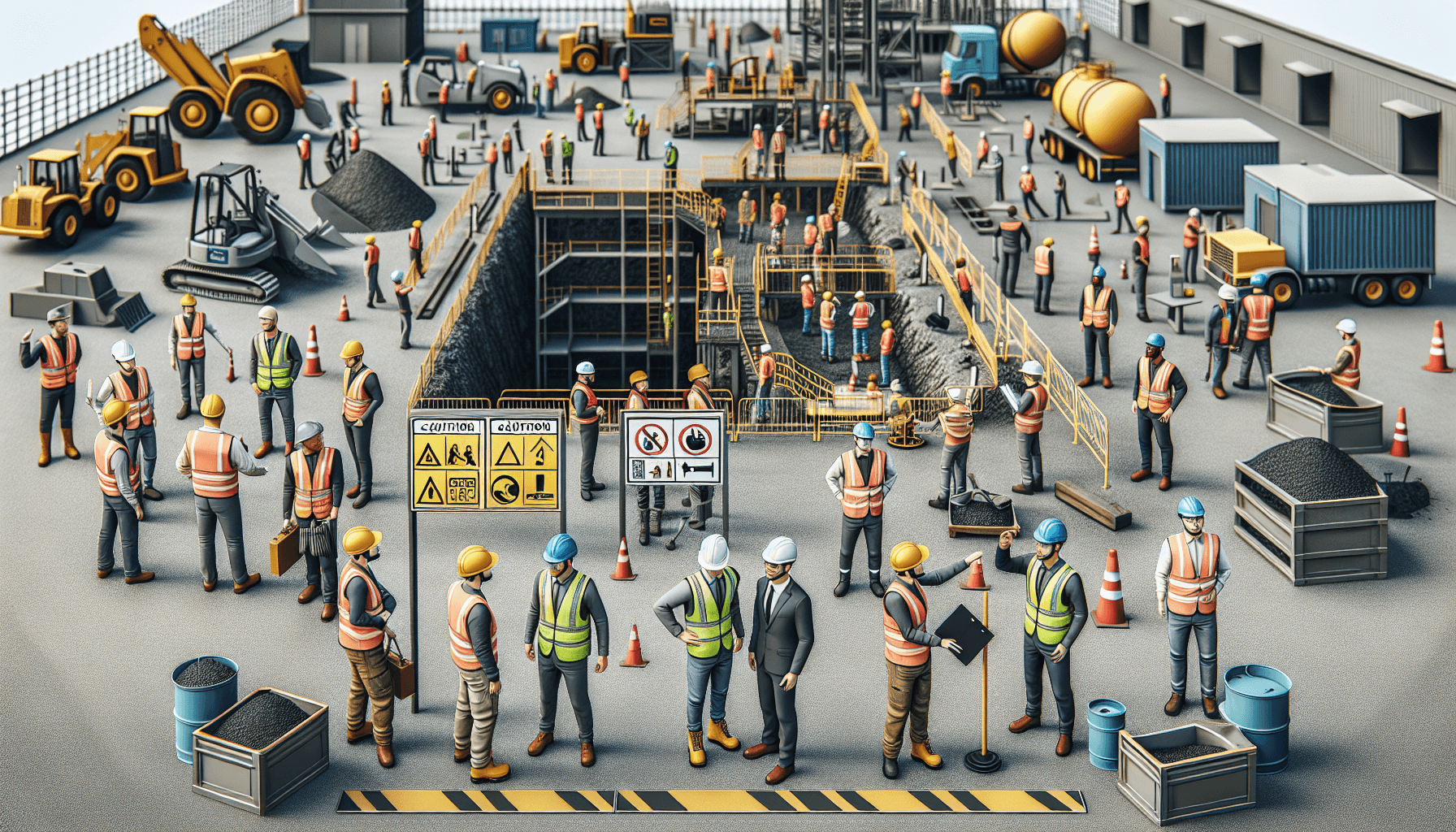Creating a safe working environment is crucial in any workplace, but it becomes even more important in warehouses where there are potential dangers and risks involved. One of the key areas that require attention in warehouse operations is the prevention of Powered Industrial Truck (PIT) accidents. PIT accidents can result in serious injuries or even fatalities, and they can also cause significant damage to equipment and inventory. In order to ensure the safety of workers and optimize warehouse operations, it is essential to implement proper safety measures and guidelines.
Training and Certification for PIT Operators
Proper training and certification for PIT operators is the foundation of creating a safe working environment. All operators should undergo comprehensive training programs that cover the safe operation of the specific types of PITs used in the warehouse, such as forklifts, reach trucks, or pallet jacks. The training should include both theoretical and practical components, focusing on areas such as load handling, maneuvering, and emergency procedures.
Additionally, it is important to ensure that all PIT operators have the necessary certifications and licenses to operate the equipment. Regular refresher training should also be conducted to reinforce safe practices and update operators on any changes in regulations or procedures.
Warehouse safety evaluation audits and assessments can be conducted to identify any gaps in the training and certification process. These evaluations can help identify areas of improvement and provide recommendations for enhancing the safety of PIT operations.
Implementing Safety Policies and Procedures
Having clearly defined safety policies and procedures is essential in preventing PIT accidents. These policies should be communicated to all warehouse staff, including PIT operators, supervisors, and other personnel. It is important to establish guidelines for safe PIT operation, such as speed limits, proper turning techniques, and safe load handling procedures.
Regular safety meetings should be conducted to reinforce these policies and procedures and address any concerns or questions raised by the staff. It is also important to have a reporting system in place for any potential safety hazards or near-miss incidents. This will encourage a proactive approach to safety and help in continuously improving the warehouse’s safety standards.
Regular Maintenance and Inspections
Proper maintenance and inspections of PITs are crucial to ensuring their safe operation. Regular maintenance checks should be carried out to identify and address any mechanical issues or potential hazards. This includes inspecting the brakes, steering, lights, and other essential components of the PITs.
In addition to regular maintenance, PITs should also undergo thorough inspections before each shift to ensure that they are in proper working condition. Operators should conduct checks on the tires, forks, and safety features of the PITs. Any issues or defects should be reported and addressed promptly to prevent accidents and injuries.
Promoting a Safety Culture
Creating a safe working environment goes beyond just implementing policies and procedures – it requires fostering a safety culture within the warehouse. This involves promoting a mindset where safety is a top priority and where all employees take responsibility for their own safety as well as the safety of others.
Building a safety culture starts with proper leadership and management commitment to safety. Managers and supervisors should lead by example and proactively address any safety concerns raised by the staff. It is also important to encourage open communication and feedback regarding safety practices.
Awareness campaigns and regular safety training sessions can be conducted to keep the staff informed about the latest safety practices and regulations. Recognizing and rewarding employees who demonstrate exemplary safety practices can also help reinforce the importance of safety within the workplace.
By implementing these measures and creating a safe working environment, warehouses can significantly reduce the risk of PIT accidents. This not only protects the well-being of their employees but also enhances productivity and efficiency within the warehouse operations. Remember, a safer workplace is a more productive workplace!
Click here to learn more about how HCO Innovations can help you evaluate and enhance the safety of your warehouse operations.

